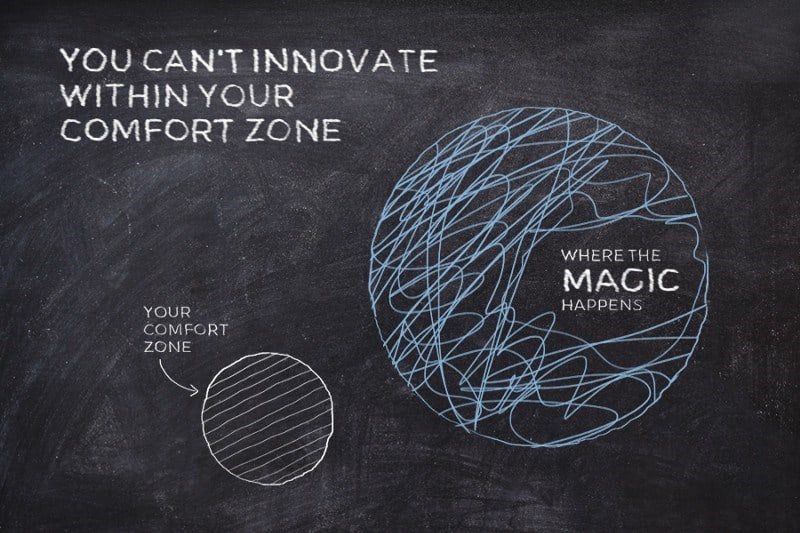One of the first challenges fresh engineering managers face is to figure out what makes their engineers tick. If they don’t build out heuristics to understand their direct reports, eventually they are bound to fail. Understanding what moves other humans (not only engineers!) is a shortcut to better communication, and greater inclusivity at work.
A typical mistake here is to assume people are similar. Sure, in some aspects they might be, or they might form large groups based on common traits, but we are individuals after all. Our mood, mindset, and motivations are affected by our values, experience, upbringing, cultural background and whether we woke up on the wrong side of the bed today.
Another mistake is to think others want the same things we want. What motivated you as an engineer might or might not be important for others. You can’t skip the work of getting to know these folks, sorry.
The third fallacy I’ve seen is assuming all these things are static and constant in people. There’s even a saying in certain cultures about how people don’t change after a certain age. I call BS on that.
I have a confession to make. I don’t believe in “motivating others”. Not only that, but I don’t think it makes sense. I do believe, though, in setting the right kind of environment which helps people be motivated and happy and then keeping in sync with them and iterate accordingly. This environment will be somewhat different for each individual, but you’ll find it’s not that hard to find a large enough common denominator which mostly works for nearly everyone you hire based on a certain set of filters. Yes, this is a tradeoff during hiring and forming your team/company culture, but so is nearly everything we do.
How you approach your team and its members will have a significant effect on their motivation. Learn about different leadership styles and when to use or avoid them.
I’m presenting you with two models about how to approach this. One talks about core needs we all have (a bit similar to the well-known Maslow’s Hierarchy Of Needs), the other provides another set of factors, more tuned to uncover motivators.

The BICEPS framework
According to researchers (Teresa Amabile’s Progress Principle, Daniel Pink’s work on the psychology of motivation, and The Neuroleadership Institute’s publications on core drivers), there are six core needs we all have.
The importance of each need is not the same for all of us, though, you might find that “belonging” is less important to you than “choice”, or vice versa.
Belonging
- Community: A feeling of friendship and closeness with a group, or being part of a tight community of any size.
- Community well-being: People are cared for; The whole group feels happy and healthy.
- Connection: Feeling kinship and mutual understanding with another person.
Improvement
- Progress: Your daily work creates progress towards an important goal for the company, your team, or your career/ life.
- Improving the lives of others: You see how your work helps improve things for others.
- Personal growth: Learning/ seeing fast growth in yourself in skills that matter to you.
Choice
- Choice: Having flexibility, the chance to have more control over key parts of your world.
- Autonomy: Having clear ownership over a domain where you can do as you wish, without asking for permission.
- Decision-making: The ability to make decisions about the things that matter to you.
Equality/ Fairness
- Access to resources (money, time, equipment, physical space, tools, etc.) feels fair/ equitable.
- Access to information feels fair: All groups/ people have access to information that is relevant to them.
- Equal reciprocity: You support each other equally.
- Decisions are fair and everyone is treated as equally important.
Predictability
- Resources: There’s enough certainty about resources (money, personnel hours, space) so you can focus on your job or goals.
- Time: There’s certainty about when things will occur/ when you can prepare for them.
- Future challenges: You can anticipate and thus can prepare for future challenges.
- Direction: Goals, strategy, and direction stay consistent and don’t change too often/fast.
Significance
- Your work feels like it has a clear sense of purpose.
- You see how you or your work fit into a positive goal or mission.
- You feel part of an important, positive movement or group.
These are remarkable topics for one-on-ones, but can work like a charm in a group setting, too. Experiment with how OK your team is with sharing their feelings publicly.
(The BICEPS acronym is licensed under a Creative Commons Attribution 4.0 International License: Paloma Medina 2015)

Moving Motivators
Invented by the founder of Management 3.0, Jurgen Appelo, Moving Motivators is an exercise meant to help us reflect on motivation and how it affects organizational change.
The Moving Motivators exercise is based on ten motivators, which Jurgen derived from the works of Daniel Pink, Steven Reiss, and Edward Deci. These ten motivators are either intrinsic, extrinsic, or a bit of both.
These are the 10 motivators in the framework:
Curiosity: I have plenty of things to investigate and to think about.
Honor: I feel proud that my personal values are reflected in how I work.
Acceptance: The people around me approve of what I do and who I am.
Mastery: My work challenges my competence, but it is still within my abilities.
Power: There’s enough room for me to influence what happens around me.
Freedom: I am independent of others with my work and my responsibilities.
Relatedness: I have good social contacts with the people in my work.
Order: There are enough rules and policies for a stable environment.
Goal: My purpose in life is reflected in the work that I do.
Status: My position is good, and recognized by the people who work with me.
How to play Moving Motivators
The “game” can be played with the whole team (I recommend a Miro board for that) or in a 1:1 setting. The steps for individuals are the same:
- Define which motivators are important to you. Place the cards in order from left (least important) to right (most important.)
- Discuss how change affects your motivators. For example: If you wonder whether you should change jobs, which would mean moving to another city, learning a new skill and making all new friends, how does that impact what motivates you? It’ll most likely increase some motivators and decrease others. Move the cards up for a positive change and down for a negative one, and then look at whether you have more cards up or down. This is a great way to help make decisions.
- Time for reflection and discussion. Talk to your teammates about which motivators are least and most important to them. This will give you better insight into what drives your colleagues and allow you to create stronger relationships and increase collaboration. Use it also as a tool to reflect and assess your life decisions. When most of your important motivators go down or when the least important ones go up, it might be time for reflection.
In both settings, you can discuss how the current team setup, project, etc. helps or blocks your team members in fulfilling their needs.
One neat tip I have for you: repeat the exercise after some time, e.g. quarterly and take note of the changes, sometimes those give you more insight than the actual order of the factors.
There’s a Miro template you can use to play moving motivators with your direct reports or teams.



